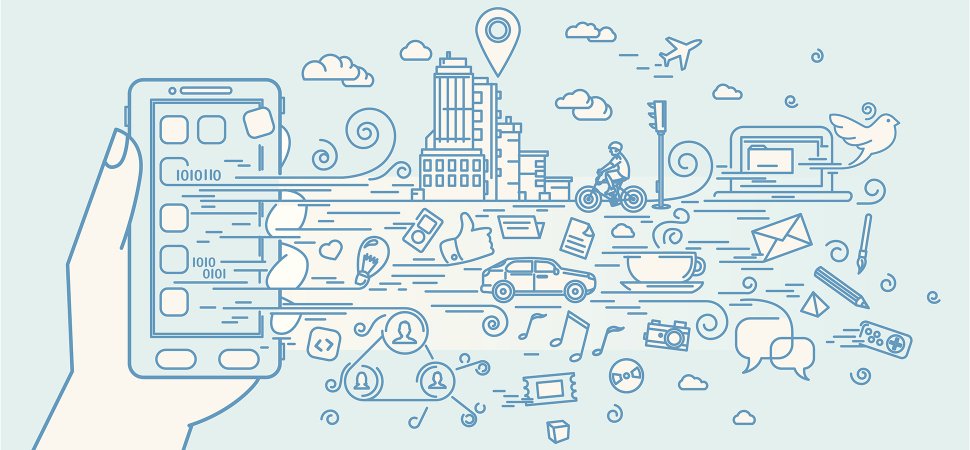One current debate in technology circles concerns whether mobile apps are still a must-have or on their way out. The correct answer, of course, is that’s the wrong question to ask. To understand why, let’s talk about Texas hold ’em.
What makes playing that game so seductive and addictive, in part, is that it triggers a response to what behavioral economists call variable rewards. Regardless of how well you’re able to read people’s emotions or how good you are at math, there are too many possible hands at any moment to be certain of any one hand’s outcome. If you get two pairs on the flop–the opening hand, for the uninitiated–you still have only about a 17 percent chance of getting a full house by the time the final card is shown. And if you’re playing with people who don’t know how to bet, you could win big with a terrible set of cards.
Variable rewards are also why we can’t seem to stop using our phones. The average smartphone user now touches her phone thousands of times a day. Every new interaction with our phones, like every new hand in poker, promises a bit of the unknown: who liked your Facebook post, what song is up next on Spotify, if the new vendor meeting got scheduled, whether your favorite client renewed its contract, and if traffic is jammed on the commute home. If our phones had limited functionality, or if all the apps we downloaded offered one standard feature set and basic transactional functions, we’d get bored and stop using them. (If you don’t believe me, well, how many BlackBerrys do you still see around?)
So your company’s future doesn’t necessarily involve apps. But if you want to keep your
customers’ attention, you have to create variable rewards and learn how to play hard to get.
The most successful companies do this by tapping into our essential human needs. Twitter, Snapchat, Facebook, and Instagram play off our desire to be praised and admired and stoke the release of dopamine that follows–while purposely withholding what we crave. Those platforms’ messages, likes, retweets, and comments appear haphazardly. That’s why we compulsively click refresh, to see if there’s been a response–sometimes every few seconds. It seems counterintuitive, but not giving customers what they crave is how the most successful Silicon Valley companies became multibillion-dollar juggernauts.
Variable rewards work in the negative, too.
For all the outcry about Uber’s business practices, fare increases, and well-documented sexual harassment cases, the company is still growing and tens of millions of people use Uber every month. In spite of seemingly random surge pricing–that’s when the company substantially jacks up the rates per mile–we continue to engage the app. Uncertainty about how much we might be charged, and then learning that the rate is low, could trigger that same dopamine response, as though we’ve won something.
In the analog world, customer loyalty programs are experimenting with variable rewards. Athletic clubs are giving active members a free month, but the perk isn’t doled out on any predictable schedule. Starbucks occasionally gives Gold status to customers when they make just one purchase–a cushy reward that typically requires them to spend $150. Amtrak offers deep discounts, travel points, and free travel–but the primary way I, an Amtrak rewards member, know they are available is by going to its rewards website throughout the week.
It isn’t an app that addicts but how information is presented. That’s why, if you go all in on variable rewards, you’ll find a customer base that just can’t stay away.












